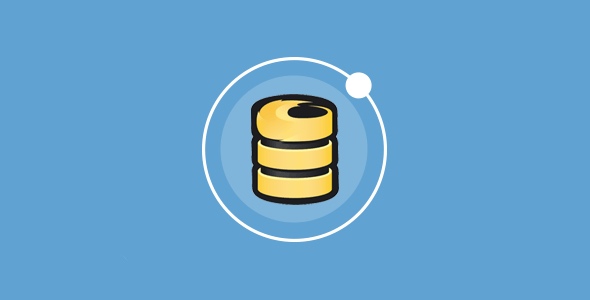

Capacitor, however, offers several key advantages over Cordova: Ionic support, native project management, plugin management, and version management.

They both provide a structured mechanism to allow your web application to access native functionality. Favor Capacitor Over CordovaĬapacitor and Cordova take the same place in the application stack. In this course, you'll learn how to use Ionic Creator to build cross-platform mobile apps for the popular Ionic framework. Whether you're building a simple app or prototyping a more complex project, Ionic Creator makes it simple to get started. With large component trees, using the default Change Detection strategy can result in performance issues.īecause of this, we strongly recommend using the OnPush Change Detection strategy in all components. Ionic Creator lets you build mobile apps with an easy drag-and-drop interface. Developer tools can use that information in various ways, such as applying build process optimizations to reduce app build times. Reduce app build times by adding a Browserslist fileĪ Browserslist file specifies the browsers that an app supports. This strategy is excellent for app performance and reducing the initial bundle size. Lazy loaded modules load on-demand when a user navigates to their route the first time. Split your app into modules for native Angular lazy loading Reducing your app’s size is challenging once it’s been in production, so setting budget thresholds ensures your application stays within the size boundaries you define. The Angular team recommends the source-map-explorer tool to visualize your app’s code distribution. Reduce app bundle size with source-map-explorer Native Scrolling allows Ionic to listen to scrolling events on supported webviews. Summary: This article outlines requirements for using Ionic.


 0 kommentar(er)
0 kommentar(er)
